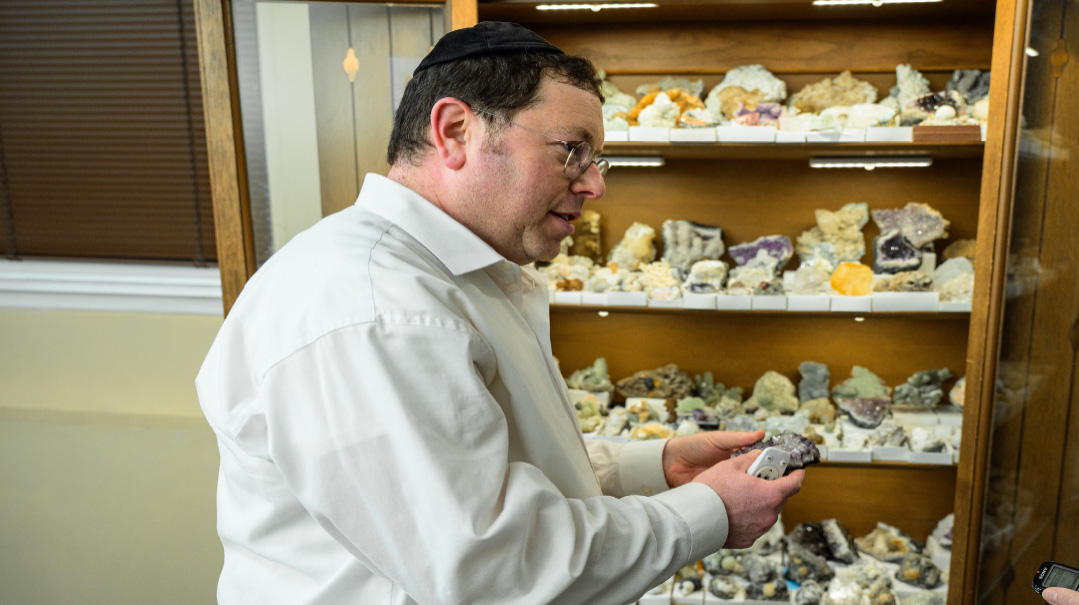Zoom into Your Soul

Rabbi David Green and photographer Moshe Schlass unlock the door to the spirit
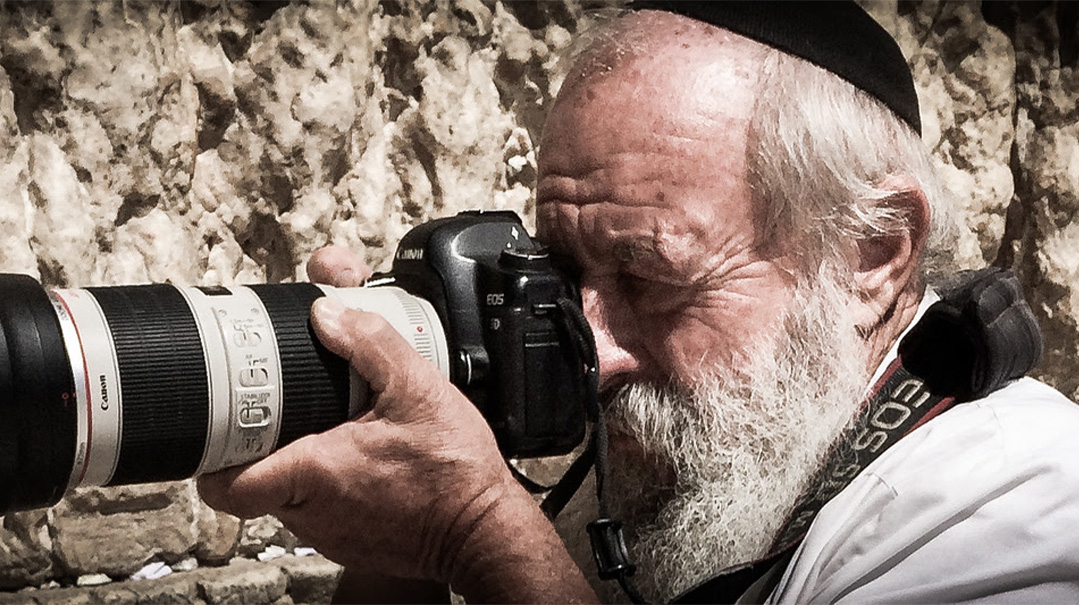
Photos: Moshe Schlass
IF my soul is holy, why am I drawn to the unholy? Can understanding my soul help me in my day-to-day life? How does my soul stay within my physical body? What happens to my soul when I die?
You don’t have to be a student of chassidus, or even a Torah scholar, to have these questions. And that’s why author, artist, musician and kiruv personality Rabbi David Green, who forged his own spiritual journey several decades back before landing in Jerusalem, has written a book to help people navigate those very existential ideas. His first work, A Book about You, published in 2011, probes the layers that help people find their individuality and soul awareness. A big part of knowing who you are is knowing what you are — and knowing that the soul is the most essential part of who you are, will contribute to the “journey to the real you.” Everyone has an individual personality and unique soul powers, which pave an individual and meaningful path, and engender a stronger sense of inner peace while moving forward in life to achieve one’s own unique contribution to the world.
“People are so eager to travel, to see the world and expose themselves to different experiences when actually, the most thrilling adventure is the journey into yourself,” he asserts.
“This was Hashem’s directive to Avraham: ‘Lech lecha.’ It begins with ‘lech.’ First, you have to remove yourself from all distractions, foreign ideologies and influences. Then you can go to ‘lecha,’ to yourself, to explore your individuality and embrace it. Once free from all those distractions, we have the ability to hear our own inner voice, which already knows who we are and what we’re here to achieve. And when people get to know who they really are, they can learn to love themselves, love others, and go on to loving Hashem for the Divine gift of their essence, created in His image.”
Concurrently, Rabbi Green released an album of original compositions called Journeys to the Real You, and the songs and lyrics (for example, “Jerusalem eye of the universe / City of peace between the body and the soul / and the heavens and the earth / between one another….”) are woven throughout the book with QR codes connecting the reader to the songs being quoted.
After more than a decade of “soul” music, videos, seminars and podcasts, Rabbi Green’s latest endeavor, Pictures of Your Soul, goes back to those basic questions and explores the beauty of your soul and how to grow, even from a very low place, should someone be struggling with their spiritual awareness and identity.
Often, pictures really are the window to the soul, and because our visual sense is so powerful, the book hinges on full-size, engaging photos to make the spiritual lessons based on chassidic teachings more tangible. But in order to do that, Rabbi Green needed a photographer who not only speaks the language, but whose camera is a lens into the very souls of his subjects.
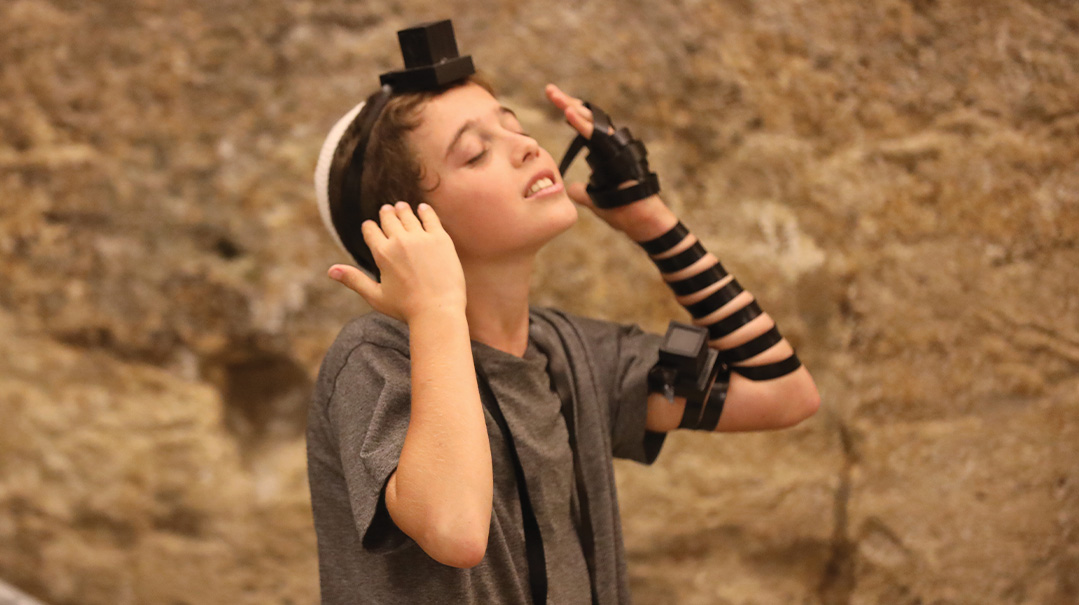
David Green: “This boy’s whole body shines with love of Hashem.”
Moshe Schlass: “I took about 50 shots of this boy. It was late in the day and he was still davening Shacharis, pacing back and forth and waving his arms. He was so involved with his tefillah that he didn’t even notice me”
Beyond the Brain
And that’s why he teamed up with Moshe Schlass, hippie-turned-chef-turned-Old City of Jerusalem shaliach, famed for the tens of thousands of guests he and his wife Leah have hosted at their Jewish Quarter Shabbos table since the early ’80s, where they serve up both physical and spiritual food. And then, at age 70, Moshe slung a camera around his neck and decided to reinvent himself. With his Canon Mark IV and a couple of telephoto lenses, Moshe Schlass, now 83, has become the Western Wall’s chronicler, spending up to five hours a day, six days a week, photographing intense moments of prayer, sacred times of joy, the ecstatic and the brokenhearted, old-timers and first-timers in a collage of digital reality.
He takes about 150 pictures a day, and has over half a million photographs filed away. For David Green, there was no better shidduch for his book.
Because both he and Moshe Schlass speak the same language. “The skeleton key that opens all doors is the relationship with your soul,” says Schlass. “Once you’re able to bond with that part within yourself, it automatically connects you to the intimacy that Hashem has with all His creations, because no place is devoid of His presence.”
Schlass says that while pictures are worth a thousand words, his photos are worth even more. “My idea was to take photos and catch those moments and expressions that connect beyond the intellect, beyond rationale, to the deepest place within ourselves. The body language of the people standing at the Kosel shows they’re communicating from a place inside themselves, sincerely and openly, not using words, but being in touch with their raw feelings.”
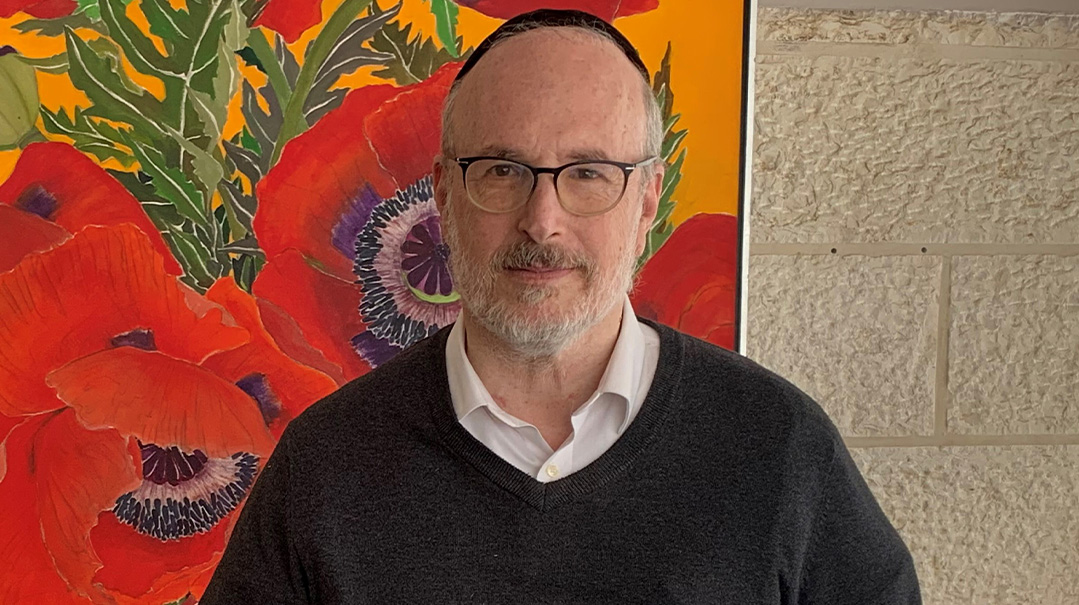
Awaken the Senses
As colorful and visual as it is, Rabbi Green insists that Pictures of Your Soul is not a coffee table book, but actually a sefer. And the addition of QR codes featuring the author’s original music, written along his own spiritual journey, makes it into a complete sensory project.
His purpose in publishing the book was for the emotionally evocative pictures to draw readers into the facing text — brief, concise essays that crystalize basic concepts in chassidus on how people can deepen their relationship with their Divine essence. “So many people don’t know what the neshamah is,” he says. “These are rich, important lessons that make the soul more real and tangible.”
The music is complex, contemporary and clearly professional, incorporating piano, violin, flute and exotic instruments like the oud. The lyrics are startling in their frank expression of yearning, penetrating straight to the quick, with a melody that evokes joy and hope.
“My vision is for people to read the book, then close their eyes and allow the music to take them on a short journey. After a while, they come back down and continue to read. The three mediums work in synergy for an inspirational, engaging experience,” says Rabbi Green. “It’s like any relationship — the more you communicate, the more the relationship develops.”
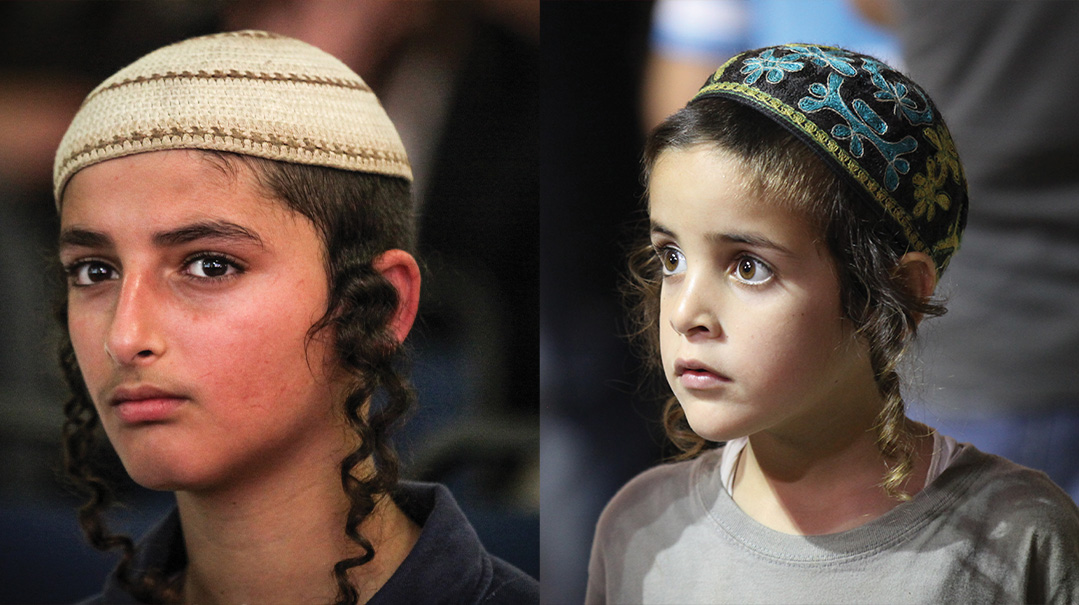
(Right) David Green: “The intense look on this boy’s face shows that he’s deep in contemplation.”
Moshe Schlass: “I always like to photograph people who are fully present, because it brings out a much deeper level of expression”
Where Am I Running?
The blood of the animal soul flows from the left ventricle of the heart up to the brain and from there, throughout the body. It’s what keeps you alive, but don’t let it take over the neshamah
And if you ask David Green, he’ll tell you he’s been working on that relationship ever since he discovered that it was accessible. But that wasn’t until later.
David attended a secular Jewish day school in Toronto, Canada. From a young age he was consumed by his art and writing music, and by age 16, he’d already made it to Hollywood with a fellow musician.
“We were living with some musicians in a dangerous neighborhood, but we were so young and fearless and somehow managed to forge connections with some of the biggest names from back in the day.”
By the time David was 18, he and his friend had already recorded their first album and he became a staff writer for A&M Records. “I don’t know how we did it, we just pushed hard. I believed then that nothing could stop me,” he recalls.
Soon afterward, he was working with a producer named Gene Page, who asked him to attend the Grammy awards on his behalf. This was David’s first foray into the major leagues of the music industry. Page had him rent a tuxedo and sent a limo to pick him up. At the late-night VIP party, David Green was excited to rub shoulders with all the important people in the business, who he felt could further his career.
“At the party, I saw one of my favorite musicians, an incredible piano player whom I idolized. But when I saw his face, I was shocked that he looked so depressed, and suddenly it hit me: Why am I running so fast to be like him, when he’s obviously miserable? I understood that I had to stop and figure out what makes a person happy and then to use my music as an expression of that happiness,” he says.
That insight, which he calls “a flash of awareness from Hashem,” led him to stop what he was doing and move to Indiana University in Bloomington, where he studied music composition. There he met other music students who were aspiring to be like the people he had spent time with in LA But it was on Yom Kippur that he had the epiphany that changed his entire trajectory.
“I remember getting a ride from a girl I knew, who took me in her pickup truck to services at the local temple. There was a brilliant cellist there playing Kol Nidrei, but having been brought up with once-a-year visits to a synagogue in Toronto, it struck me how ridiculous this was, and I walked out. Of course, it didn’t take me long to grasp my own hypocrisy: I’d just been driven in a pickup truck on Yom Kippur. Somehow, I began to realize that I’d either have to throw away all the ‘Jewish stuff’ or embrace it.”
He soon made his way to Aish HaTorah in Jerusalem, and with a lot of grit and years of hard work, eventually moved on to Yeshivas Mir, where he studied for semichah.
“I thrived here, and so did my music. Almost every Friday night I went to the Slonim tish, when the Nesivos Shalom ztz”l was still alive. If you’re familiar with the Slonimer niggunim, you know they have this atonal quality that arouses very deep spiritual feelings. I felt that I’d discovered this ‘Jewish soul music’ that was more in touch with inner truth than the whole ‘artsy’ world. Not only was it from my own backyard, it’s actually far more sophisticated and beautiful.”
While studying at Aish, he had access to a baby grand piano, which helped him further develop his music. He continued recording and performing with his own jazz band.
“The process that I went through brought out the most beautiful music I’ve ever written. I wasn’t worried about being artsy, or about being successful. It was just natural — let’s see what comes out.”
For over 30 years, Rabbi Green has been teaching such topics as individuality and soul awareness, and has helped his students deal with issues such as loneliness, self-esteem, inner awareness, making major life choices, how to find your soulmate, and more.
Today, a father of eight and grandfather of many more, he lives in Ramat Beit Shemesh with his family, and for parnassah, he invents and patents technology.
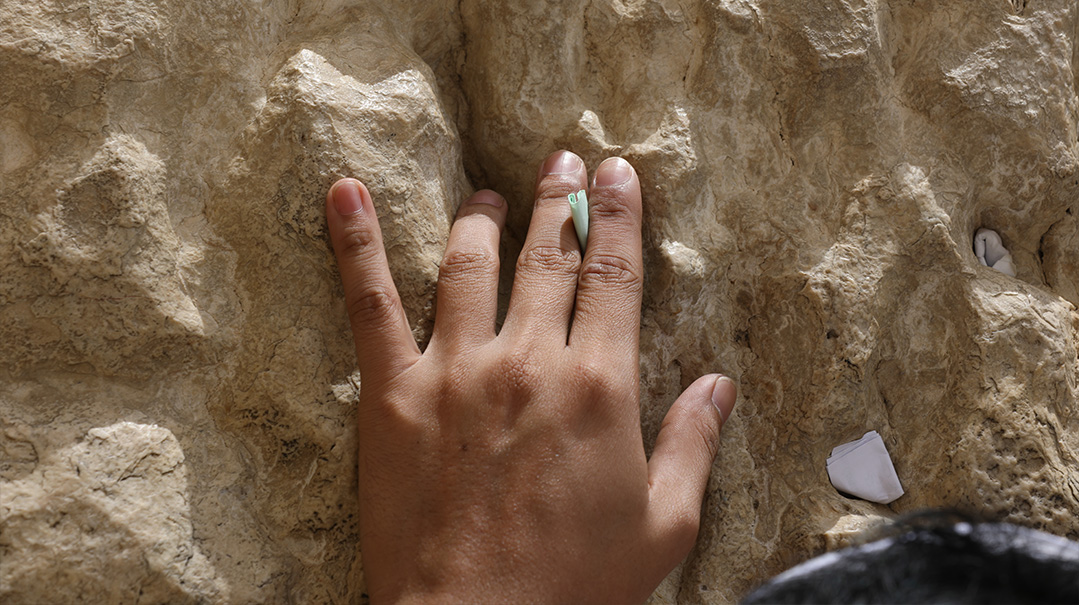
Back to Basics
Rabbi Green wrote Pictures of the Soul to help people learn about and experience their soul. “There’s a whole process that people seem to skip over. They tell me, ‘Mitzvos are good for my soul,’ but they don’t realize you can actually have a connection with your soul. This book is about making that connection real.”
Each chapter presents questions that people usually take for granted, but don’t necessarily know how to answer: Where is my soul? How does my soul stay within my physical body? Does my dog have a soul?
“The lessons inside are universal,” the author asserts. “My aim was to make them simple enough for those with zero background, and yet deep enough so that talmidei chachamim could also gain from them.”
He sought to emulate the method of Rabbi Aryeh Kaplan, who, he says, “would start by describing a mitzvah in the most basic terms, and then go steadily deeper, layer by layer, to the most mystical concepts.”
For this teacher/musician/inventor, the process was self-enriching as well. “Having to articulate the concepts so clearly forced me to review the material again and again to achieve a thorough, deep understanding and present the ideas in a more genuine, tangible way.”
Going Kosher
Moshe Schlass can relate. Because it’s a process he himself has been going through, since discovering that Hashem was holding him up through the twists and turns of his own unusual life.
Notwithstanding his heavy Brooklyn accent, Schlass only began to learn English at the age of 10. He was born in a small village about 20 kilometers from Warsaw, just a few hours before the Nazi Wehrmacht marched into Poland, officially beginning World War II. His mother, still groggy from the birth, nevertheless decided the family had to flee, and they pushed eastward until they reached Tashkent in Uzbekistan. The family remained in Tashkent until the end of the war; it was bare-bones survival, but at least it was safe, and after the war they moved to a DP camp near Munich, Germany.
Moshe arrived with his parents to Williamsburg in 1949, never having attended school. Although no longer observant, his parents enrolled him in Torah Vodaath, figuring he’d be safer there than in public school. Thanks to the rigorous study of Gemara, Schlass says of that period, “I discovered that I have a brain.”
Although he left the frum educational framework when he was 15, the knowledge of Torah and mitzvos stood him in good stead 18 years later when he re-embraced frumkeit after nearly two decades traveling the world, immersed in the hippy and drug culture of the ’60s and ’70s.
At some point, realizing his life was going nowhere fast, Schlass and a partner decided on a business venture: They opened up a health-food restaurant in Manhattan’s East Village, which became wildly popular with the celebrity crowd. Schlass had nothing against Judaism — he could read Hebrew, had a bar mitzvah, and still remembered a little Chumash and Gemara — but he had nothing to do with it either, and kosher was the last thing on his mind. Until a tefillin encounter with a Chabad shaliach, who sparked Moshe’s interest with concepts of Jewish mysticism.
“I told him, ‘Are you sure this is Judaism? You know what, if this is really it, then I’ll make my restaurant kosher.’”
For Moshe, it was practically an overnight transition to a full Torah lifestyle. Eventually he sold the restaurant and moved to Eretz Yisrael, and soon after he met his wife, Leah. They’ve been living in the Old City ever since, and for over four decades, the Schlasses have opened their doors to thousands of visitors who know they’ll get a good shtickel Torah together with healthy food.
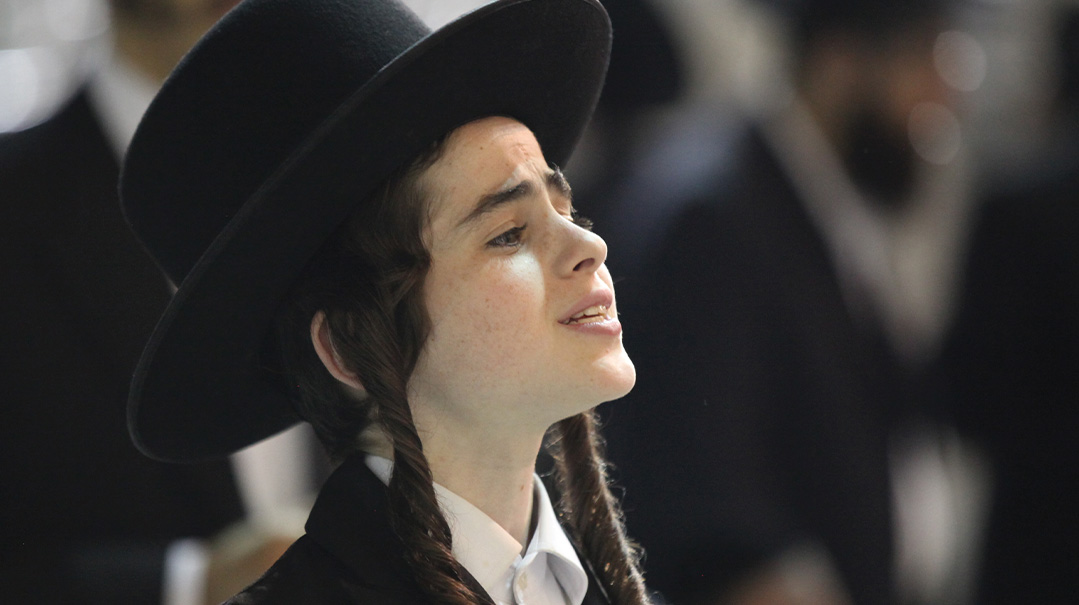
David Green: “This picture is positively glowing with the boy’s neshamah.”
Moshe Schlass: “You know, when a Yid who’s very far away sees a picture of a religious Jew, it wakens within him the pintele Yid”
Picture Perfect
And then, 13 years ago, one of those guests gifted him with a camera.
“I was always spending four, five hours every day at the Kosel, as the longtime tefillin shaliach. Now with the camera, I started observing my surroundings in a new way. I understood that I was privileged to observe people of all ages and from all backgrounds, unself-consciously engaged in the most intimate prayer,” says Schlass.
By the time Moshe Schlass’s photos were brought to the attention of David Green, the collection had already grown to several terabytes. David Green and Moshe Schlass were delighted to meet again, as they’d been friends back when Rabbi Green lived in the Old City and Moshe’s home had been a great place to farbreng.
“As soon as I saw Moshe’s photos, I knew that they were the perfect fit for the book. You see this incredible passion, people who are on fire in tefillah. You are actually seeing pictures of their soul.”
What if someone finds out he’s been photographed in an intimate supplication to his Creator — one day he’s at the Kosel crying his eyes out and the next thing he knows, his picture is posted for thousands to analyze?
“Well, it is legal,” says Schlass. “Anyone is allowed to photograph in a public domain. As to whether it’s ethical? I believe that if I can catch someone in a position that will be an inspiration to others, everyone gains.”
Rabbi Green goes even further, noting that a person is so much more than the external physical guf. Holy souls get reflected in a visage, and they can sometimes even catch you off guard. “Looking into the eyes of someone who is spiritually on fire,” he says, “can be a powerful source of personal inspiration.”
(Originally featured in Mishpacha, Issue 947)
Oops! We could not locate your form.



